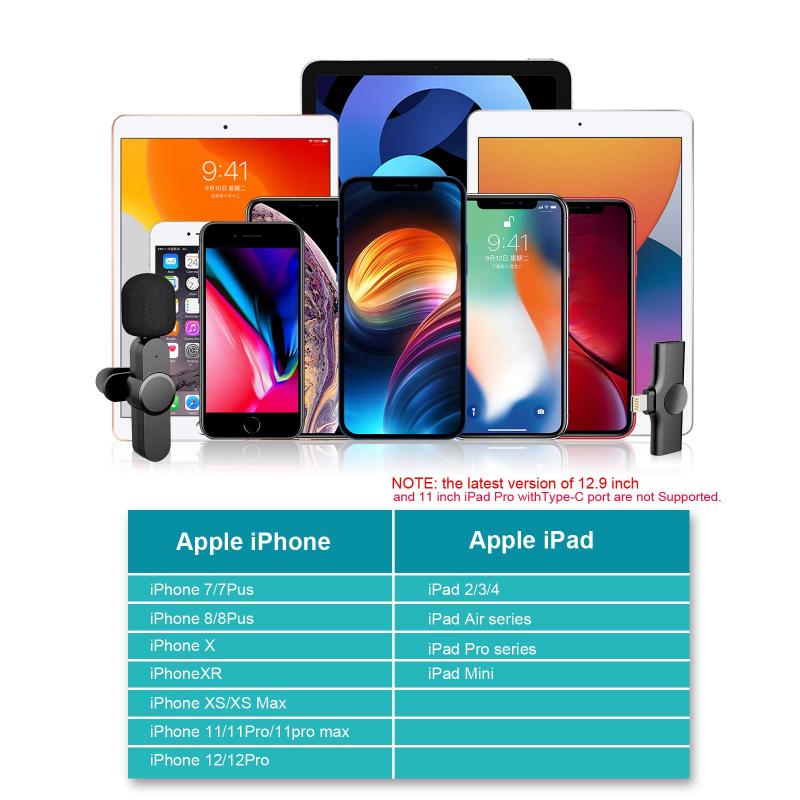How To Screen Record Sound On Facetime?
Screen recording with sound on FaceTime is a common requirement for many users who want to capture their conversations for various reasons, such as keeping a record of important discussions, creating tutorials, or simply preserving memories. However, achieving this can be a bit tricky due to the privacy and security measures built into iOS and macOS. In this article, we will explore the different methods available to screen record FaceTime calls with sound, ensuring you can capture both video and audio effectively.
Understanding the Basics

Before diving into the methods, it’s essential to understand the basic requirements and limitations:
1. Operating System: Ensure your device is running on the latest version of iOS or macOS. Apple frequently updates its software, and newer versions may have improved features or restrictions.
2. Permissions: Screen recording with sound requires specific permissions. Make sure you have granted the necessary permissions for screen recording and microphone access.
3. Legal Considerations: Recording conversations without the consent of all parties involved may be illegal in some jurisdictions. Always inform and obtain consent from the other party before recording a FaceTime call.
Method 1: Using the Built-in Screen Recording Feature on iOS

iOS devices come with a built-in screen recording feature that can be used to capture FaceTime calls. However, capturing internal audio requires a few additional steps:
1. Enable Screen Recording:
- Go to Settings > Control Center > Customize Controls.
- Add Screen Recording to the Control Center.
2. Start Screen Recording:
- Open the Control Center by swiping down from the top-right corner of the screen (iPhone X and later) or swiping up from the bottom (iPhone 8 and earlier).
- Press and hold the Screen Recording button.
- Tap the Microphone Audio button to turn it on. This will ensure that the microphone captures the audio during the recording.
- Tap Start Recording and then start your FaceTime call.
3. Stop Screen Recording:
- To stop recording, open the Control Center and tap the red Screen Recording button, or tap the red status bar at the top of the screen and select Stop.
Method 2: Using QuickTime Player on macOS

For Mac users, QuickTime Player offers a reliable way to screen record FaceTime calls with sound:
1. Open QuickTime Player:
- Launch QuickTime Player from the Applications folder.
2. Start a New Screen Recording:
- Go to File > New Screen Recording.
- Click the drop-down arrow next to the record button and select Internal Microphone to capture audio.
3. Start Recording:
- Click the record button and select the area of the screen you want to record. You can choose to record the entire screen or just a portion of it.
- Start your FaceTime call.
4. Stop Recording:
- To stop recording, click the Stop button in the menu bar or press Command + Control + Esc.
Method 3: Using Third-Party Apps

Several third-party apps can help you screen record FaceTime calls with sound. These apps often offer additional features and flexibility compared to the built-in options. Some popular choices include:
1. OBS Studio:
- OBS Studio is a free and open-source software for video recording and live streaming. It allows you to capture both video and audio from various sources.
- Download and install OBS Studio from the official website.
- Set up a new scene and add sources for screen capture and audio input.
- Start recording and initiate your FaceTime call.
2. ScreenFlow:
- ScreenFlow is a professional screen recording and video editing software for macOS.
- Download and install ScreenFlow from the official website.
- Create a new recording and select the screen and audio sources.
- Start recording and begin your FaceTime call.
Troubleshooting Common Issues
While screen recording FaceTime calls with sound is generally straightforward, you may encounter some common issues. Here are a few troubleshooting tips:
1. No Sound in Recording:
- Ensure that the microphone is enabled in the screen recording settings.
- Check the volume levels on your device and make sure they are not muted.
- Verify that the app you are using has the necessary permissions to access the microphone.
2. Poor Audio Quality:
- Use a high-quality external microphone for better audio capture.
- Make sure you are in a quiet environment to minimize background noise.
- Adjust the microphone settings in the app to optimize audio quality.
3. Recording Stops Unexpectedly:
- Ensure that you have enough storage space on your device.
- Close any unnecessary apps running in the background to free up system resources.
- Restart your device to resolve any temporary glitches.
Screen recording FaceTime calls with sound can be incredibly useful for various purposes. Whether you are using the built-in features on iOS and macOS or opting for third-party apps, the methods outlined in this article will help you achieve your goal. Always remember to obtain consent from all parties involved before recording any conversation to comply with legal requirements. With the right tools and techniques, you can easily capture and preserve your FaceTime calls with both video and audio.














